
The U.S. is currently grappling with a massive labor shortage. During the pandemic, early retirements surged, parents of school-age children left the workforce en masse, and immigration slowed considerably. This led to millions of fewer workers than there otherwise would have been. Meanwhile, American workers – primarily in low-wage sectors – continued to quit their jobs in record numbers in search of better opportunities.
Currently, the labor force participation rate – the share of Americans 16 and older either working or looking for work – stands at 62.3%, a low not seen in the pre-pandemic United States since 1977. This is what it costs to retire comfortably in each state.
The national shortage of workers has left employers struggling to fill open positions – forcing some businesses to reduce hours of operation and others to shutter completely. There were 11.3 million job openings nationwide at the end of January 2022, a 56% increase from a year earlier – and in much of the country, the problem shows few signs of slowing. In the last month alone, 18 states reported an increase in the number of unfilled jobs.
Using data from the Bureau of Labor Statistics, 24/7 Wall St. identified the states where job openings are surging. States are ranked by the change in the number of open jobs between December 2021 and January 2022, the most recent months of available data.
Of the 50 states, 30 reported a month-to-month drop in unfilled jobs, two reported no change, and 18 reported an increase – in half a dozen of those, job openings surged by over 10%.
Despite the need for workers, many members of the labor force are unemployed, suggesting a mismatch between either the skills employers are seeking and the labor pool or the kind of work or benefits job seekers desire and what is available. The national unemployment rate stood at 4.0% in January 2022. Depending on the state, unemployment ranges from 2.2% to 5.9%. Here is a look at the worst states to look for a job.
Click here to see states where job openings are surging
Click here to read our detailed methodology

50. Hawaii
> Change in job openings, Dec. 2021-Jan. 2022: -25.4% (15,000 fewer open jobs)
> Total job openings at the end of Jan. 2022: 44,000 (6.9% of all jobs)
> Jan. 2022 unemployment: 4.4%
> Labor force size: 673,681 people
[in-text-ad]
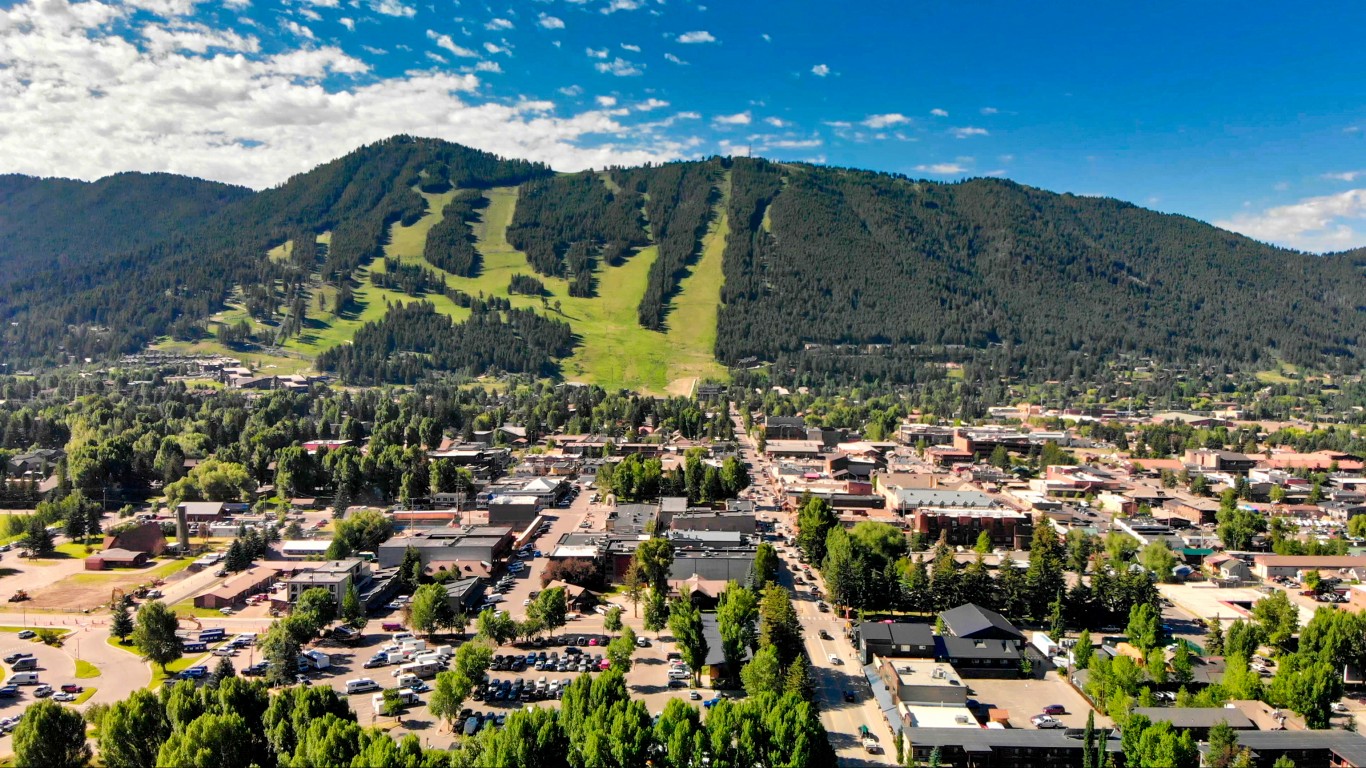
49. Wyoming
> Change in job openings, Dec. 2021-Jan. 2022: -24.1% (7,000 fewer open jobs)
> Total job openings at the end of Jan. 2022: 22,000 (7.2% of all jobs)
> Jan. 2022 unemployment: 3.8%
> Labor force size: 290,122 people
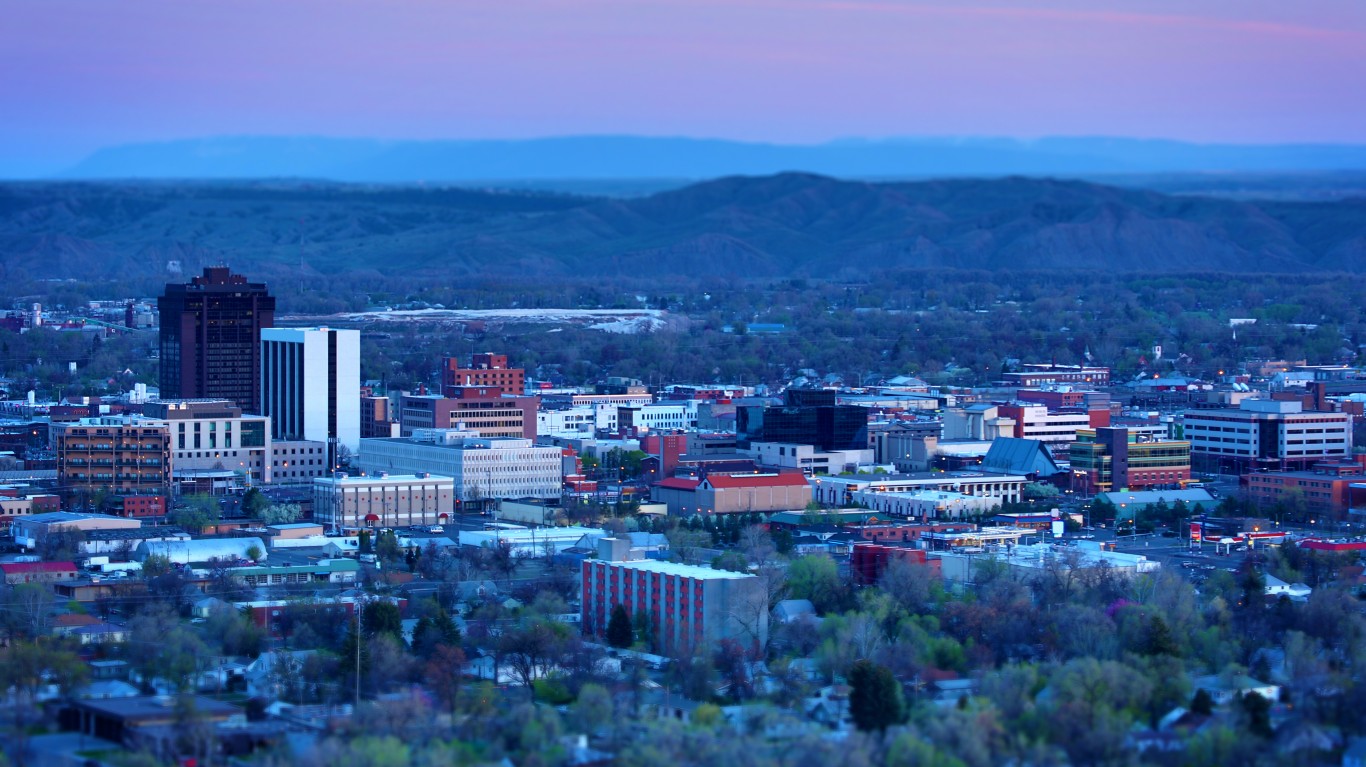
48. Montana
> Change in job openings, Dec. 2021-Jan. 2022: -18.0% (9,000 fewer open jobs)
> Total job openings at the end of Jan. 2022: 41,000 (7.5% of all jobs)
> Jan. 2022 unemployment: 2.7%
> Labor force size: 554,986 people

47. North Carolina
> Change in job openings, Dec. 2021-Jan. 2022: -15.5% (66,000 fewer open jobs)
> Total job openings at the end of Jan. 2022: 359,000 (7.2% of all jobs)
> Jan. 2022 unemployment: 3.9%
> Labor force size: 5,007,262 people
[in-text-ad-2]

46. Alaska
> Change in job openings, Dec. 2021-Jan. 2022: -11.8% (4,000 fewer open jobs)
> Total job openings at the end of Jan. 2022: 30,000 (8.7% of all jobs)
> Jan. 2022 unemployment: 5.6%
> Labor force size: 361,290 people

45. Mississippi
> Change in job openings, Dec. 2021-Jan. 2022: -11.2% (10,000 fewer open jobs)
> Total job openings at the end of Jan. 2022: 79,000 (6.4% of all jobs)
> Jan. 2022 unemployment: 4.6%
> Labor force size: 1,252,236 people
[in-text-ad]

44. Georgia
> Change in job openings, Dec. 2021-Jan. 2022: -9.3% (39,000 fewer open jobs)
> Total job openings at the end of Jan. 2022: 380,000 (7.5% of all jobs)
> Jan. 2022 unemployment: 3.2%
> Labor force size: 5,215,701 people

43. Nevada
> Change in job openings, Dec. 2021-Jan. 2022: -8.9% (10,000 fewer open jobs)
> Total job openings at the end of Jan. 2022: 102,000 (6.7% of all jobs)
> Jan. 2022 unemployment: 5.2%
> Labor force size: 1,493,864 people

42. Idaho
> Change in job openings, Dec. 2021-Jan. 2022: -8.7% (6,000 fewer open jobs)
> Total job openings at the end of Jan. 2022: 63,000 (7.2% of all jobs)
> Jan. 2022 unemployment: 3.0%
> Labor force size: 924,469 people
[in-text-ad-2]

41. South Carolina
> Change in job openings, Dec. 2021-Jan. 2022: -8.5% (17,000 fewer open jobs)
> Total job openings at the end of Jan. 2022: 183,000 (7.7% of all jobs)
> Jan. 2022 unemployment: 3.5%
> Labor force size: 2,374,682 people

40. California
> Change in job openings, Dec. 2021-Jan. 2022: -8.2% (103,000 fewer open jobs)
> Total job openings at the end of Jan. 2022: 1,148,000 (6.3% of all jobs)
> Jan. 2022 unemployment: 5.8%
> Labor force size: 19,064,484 people
[in-text-ad]
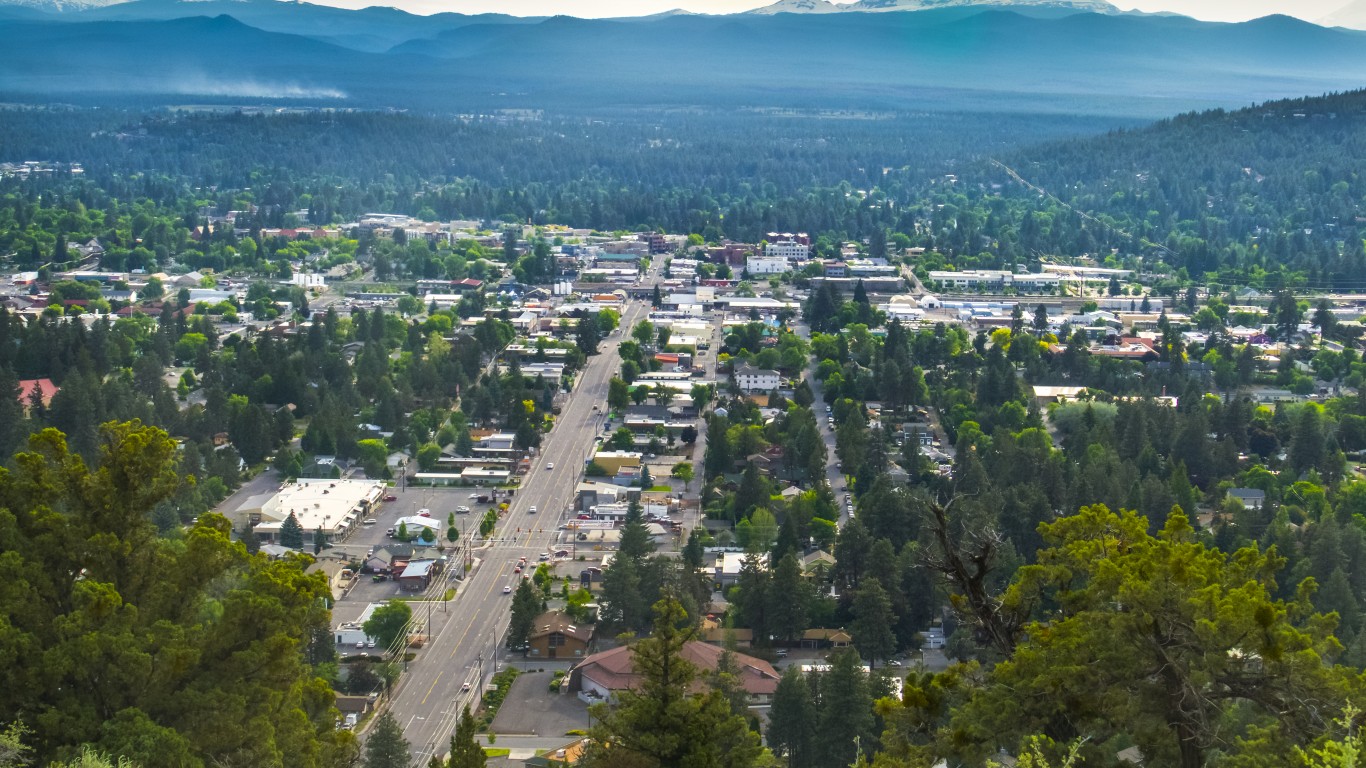
39. Oregon
> Change in job openings, Dec. 2021-Jan. 2022: -7.1% (11,000 fewer open jobs)
> Total job openings at the end of Jan. 2022: 145,000 (7.0% of all jobs)
> Jan. 2022 unemployment: 4.3%
> Labor force size: 2,168,038 people

38. West Virginia
> Change in job openings, Dec. 2021-Jan. 2022: -7.0% (4,000 fewer open jobs)
> Total job openings at the end of Jan. 2022: 53,000 (7.1% of all jobs)
> Jan. 2022 unemployment: 4.1%
> Labor force size: 793,302 people

37. Alabama
> Change in job openings, Dec. 2021-Jan. 2022: -6.6% (10,000 fewer open jobs)
> Total job openings at the end of Jan. 2022: 141,000 (6.4% of all jobs)
> Jan. 2022 unemployment: 3.1%
> Labor force size: 2,250,379 people
[in-text-ad-2]

36. Oklahoma
> Change in job openings, Dec. 2021-Jan. 2022: -6.3% (8,000 fewer open jobs)
> Total job openings at the end of Jan. 2022: 118,000 (6.6% of all jobs)
> Jan. 2022 unemployment: 2.7%
> Labor force size: 1,850,630 people

35. Louisiana
> Change in job openings, Dec. 2021-Jan. 2022: -6.1% (9,000 fewer open jobs)
> Total job openings at the end of Jan. 2022: 138,000 (6.8% of all jobs)
> Jan. 2022 unemployment: 4.3%
> Labor force size: 2,069,163 people
[in-text-ad]

34. Indiana
> Change in job openings, Dec. 2021-Jan. 2022: -6.0% (16,000 fewer open jobs)
> Total job openings at the end of Jan. 2022: 251,000 (7.4% of all jobs)
> Jan. 2022 unemployment: 2.4%
> Labor force size: 3,304,953 people
33. Washington
> Change in job openings, Dec. 2021-Jan. 2022: -5.3% (12,000 fewer open jobs)
> Total job openings at the end of Jan. 2022: 213,000 (5.8% of all jobs)
> Jan. 2022 unemployment: 4.4%
> Labor force size: 3,961,146 people

32. Texas
> Change in job openings, Dec. 2021-Jan. 2022: -4.1% (38,000 fewer open jobs)
> Total job openings at the end of Jan. 2022: 885,000 (6.3% of all jobs)
> Jan. 2022 unemployment: 4.8%
> Labor force size: 14,333,602 people
[in-text-ad-2]

31. Utah
> Change in job openings, Dec. 2021-Jan. 2022: -3.7% (5,000 fewer open jobs)
> Total job openings at the end of Jan. 2022: 129,000 (7.3% of all jobs)
> Jan. 2022 unemployment: 2.2%
> Labor force size: 1,694,020 people

30. Arkansas
> Change in job openings, Dec. 2021-Jan. 2022: -3.3% (3,000 fewer open jobs)
> Total job openings at the end of Jan. 2022: 89,000 (6.4% of all jobs)
> Jan. 2022 unemployment: 3.2%
> Labor force size: 1,334,885 people
[in-text-ad]

29. Maryland
> Change in job openings, Dec. 2021-Jan. 2022: -3.1% (7,000 fewer open jobs)
> Total job openings at the end of Jan. 2022: 217,000 (7.5% of all jobs)
> Jan. 2022 unemployment: 5.4%
> Labor force size: 3,196,404 people

28. Kansas
> Change in job openings, Dec. 2021-Jan. 2022: -3.1% (3,000 fewer open jobs)
> Total job openings at the end of Jan. 2022: 94,000 (6.4% of all jobs)
> Jan. 2022 unemployment: 2.6%
> Labor force size: 1,495,643 people

27. South Dakota
> Change in job openings, Dec. 2021-Jan. 2022: -2.9% (1,000 fewer open jobs)
> Total job openings at the end of Jan. 2022: 33,000 (6.9% of all jobs)
> Jan. 2022 unemployment: 2.8%
> Labor force size: 470,653 people
[in-text-ad-2]

26. Iowa
> Change in job openings, Dec. 2021-Jan. 2022: -2.4% (3,000 fewer open jobs)
> Total job openings at the end of Jan. 2022: 121,000 (7.2% of all jobs)
> Jan. 2022 unemployment: 3.7%
> Labor force size: 1,680,376 people

25. Colorado
> Change in job openings, Dec. 2021-Jan. 2022: -2.1% (5,000 fewer open jobs)
> Total job openings at the end of Jan. 2022: 231,000 (7.6% of all jobs)
> Jan. 2022 unemployment: 4.1%
> Labor force size: 3,187,417 people
[in-text-ad]

24. Virginia
> Change in job openings, Dec. 2021-Jan. 2022: -1.0% (3,000 fewer open jobs)
> Total job openings at the end of Jan. 2022: 310,000 (7.2% of all jobs)
> Jan. 2022 unemployment: 3.3%
> Labor force size: 4,277,757 people

23. Missouri
> Change in job openings, Dec. 2021-Jan. 2022: -0.8% (2,000 fewer open jobs)
> Total job openings at the end of Jan. 2022: 236,000 (7.5% of all jobs)
> Jan. 2022 unemployment: 3.8%
> Labor force size: 3,075,707 people

22. Ohio
> Change in job openings, Dec. 2021-Jan. 2022: -0.5% (2,000 fewer open jobs)
> Total job openings at the end of Jan. 2022: 410,000 (7.0% of all jobs)
> Jan. 2022 unemployment: 4.3%
> Labor force size: 5,743,557 people
[in-text-ad-2]

21. New York
> Change in job openings, Dec. 2021-Jan. 2022: -0.3% (2,000 fewer open jobs)
> Total job openings at the end of Jan. 2022: 588,000 (5.9% of all jobs)
> Jan. 2022 unemployment: 5.3%
> Labor force size: 9,392,186 people

20. Vermont
> Change in job openings, Dec. 2021-Jan. 2022: 0.0%
> Total job openings at the end of Jan. 2022: 26,000 (8.0% of all jobs)
> Jan. 2022 unemployment: 3.0%
> Labor force size: 329,312 people
[in-text-ad]

19. Arizona
> Change in job openings, Dec. 2021-Jan. 2022: 0.0%
> Total job openings at the end of Jan. 2022: 241,000 (7.4% of all jobs)
> Jan. 2022 unemployment: 3.7%
> Labor force size: 3,536,384 people

18. Wisconsin
> Change in job openings, Dec. 2021-Jan. 2022: +0.5% (1,000 more open jobs)
> Total job openings at the end of Jan. 2022: 220,000 (7.0% of all jobs)
> Jan. 2022 unemployment: 3.0%
> Labor force size: 3,136,984 people

17. Kentucky
> Change in job openings, Dec. 2021-Jan. 2022: +0.6% (1,000 more open jobs)
> Total job openings at the end of Jan. 2022: 167,000 (8.0% of all jobs)
> Jan. 2022 unemployment: 4.4%
> Labor force size: 2,053,986 people
[in-text-ad-2]

16. Massachusetts
> Change in job openings, Dec. 2021-Jan. 2022: +1.1% (3,000 more open jobs)
> Total job openings at the end of Jan. 2022: 277,000 (7.1% of all jobs)
> Jan. 2022 unemployment: 4.8%
> Labor force size: 3,767,170 people

15. New Mexico
> Change in job openings, Dec. 2021-Jan. 2022: +1.5% (1,000 more open jobs)
> Total job openings at the end of Jan. 2022: 69,000 (7.7% of all jobs)
> Jan. 2022 unemployment: 5.9%
> Labor force size: 944,607 people
[in-text-ad]

14. New Jersey
> Change in job openings, Dec. 2021-Jan. 2022: +2.4% (7,000 more open jobs)
> Total job openings at the end of Jan. 2022: 298,000 (6.7% of all jobs)
> Jan. 2022 unemployment: 5.2%
> Labor force size: 4,643,011 people

13. Michigan
> Change in job openings, Dec. 2021-Jan. 2022: +2.5% (9,000 more open jobs)
> Total job openings at the end of Jan. 2022: 363,000 (7.8% of all jobs)
> Jan. 2022 unemployment: 4.9%
> Labor force size: 4,795,240 people

12. North Dakota
> Change in job openings, Dec. 2021-Jan. 2022: +2.9% (1,000 more open jobs)
> Total job openings at the end of Jan. 2022: 35,000 (7.6% of all jobs)
> Jan. 2022 unemployment: 3.1%
> Labor force size: 408,079 people
[in-text-ad-2]

11. New Hampshire
> Change in job openings, Dec. 2021-Jan. 2022: +4.8% (3,000 more open jobs)
> Total job openings at the end of Jan. 2022: 65,000 (8.8% of all jobs)
> Jan. 2022 unemployment: 2.9%
> Labor force size: 755,554 people

10. Florida
> Change in job openings, Dec. 2021-Jan. 2022: +5.4% (37,000 more open jobs)
> Total job openings at the end of Jan. 2022: 725,000 (7.3% of all jobs)
> Jan. 2022 unemployment: 3.5%
> Labor force size: 10,448,456 people
[in-text-ad]

9. Rhode Island
> Change in job openings, Dec. 2021-Jan. 2022: +8.1% (3,000 more open jobs)
> Total job openings at the end of Jan. 2022: 40,000 (7.6% of all jobs)
> Jan. 2022 unemployment: 4.2%
> Labor force size: 568,798 people
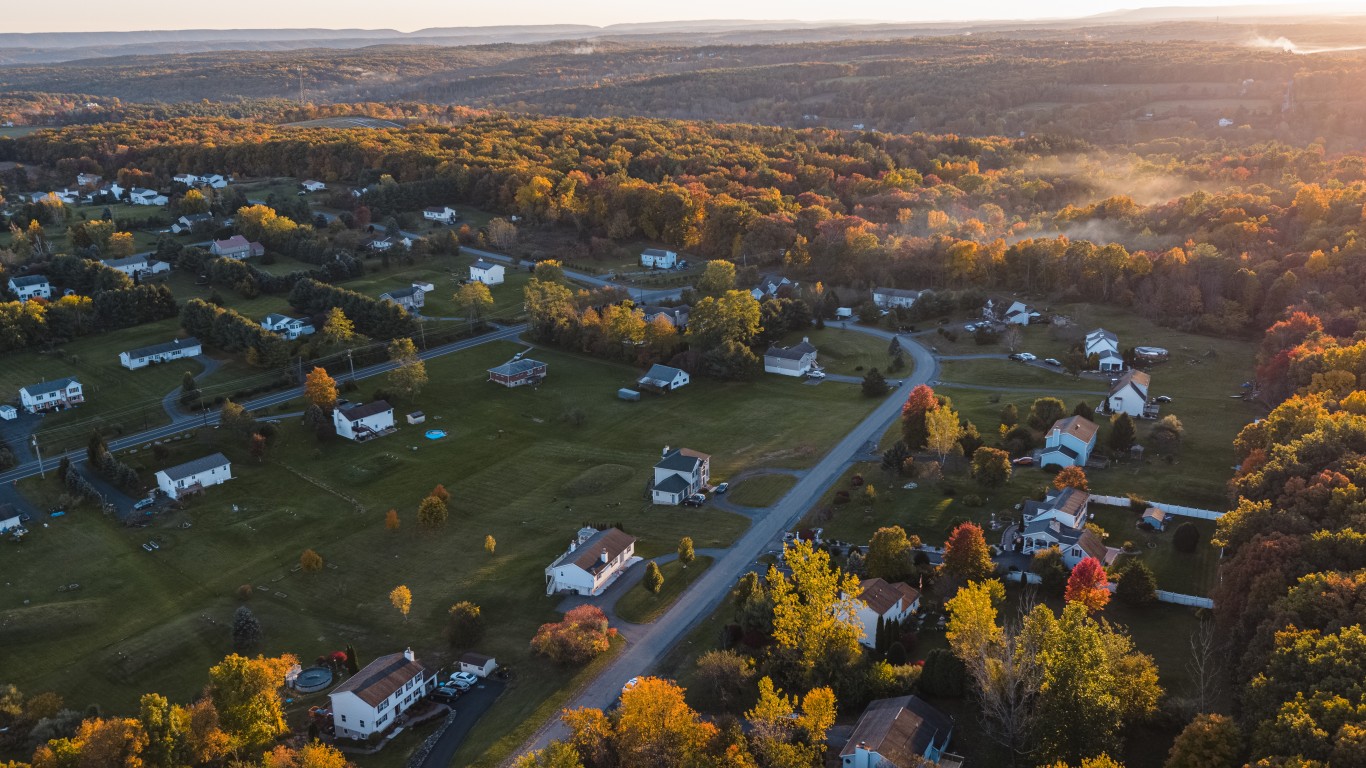
8. Pennsylvania
> Change in job openings, Dec. 2021-Jan. 2022: +8.6% (42,000 more open jobs)
> Total job openings at the end of Jan. 2022: 532,000 (8.3% of all jobs)
> Jan. 2022 unemployment: 5.4%
> Labor force size: 6,371,387 people

7. Illinois
> Change in job openings, Dec. 2021-Jan. 2022: +9.7% (43,000 more open jobs)
> Total job openings at the end of Jan. 2022: 488,000 (7.6% of all jobs)
> Jan. 2022 unemployment: 5.0%
> Labor force size: 6,378,180 people
[in-text-ad-2]

6. Nebraska
> Change in job openings, Dec. 2021-Jan. 2022: +10.4% (8,000 more open jobs)
> Total job openings at the end of Jan. 2022: 85,000 (7.8% of all jobs)
> Jan. 2022 unemployment: 2.2%
> Labor force size: 1,056,346 people

5. Minnesota
> Change in job openings, Dec. 2021-Jan. 2022: +10.4% (24,000 more open jobs)
> Total job openings at the end of Jan. 2022: 254,000 (8.1% of all jobs)
> Jan. 2022 unemployment: 2.9%
> Labor force size: 3,045,921 people
[in-text-ad]

4. Connecticut
> Change in job openings, Dec. 2021-Jan. 2022: +11.4% (12,000 more open jobs)
> Total job openings at the end of Jan. 2022: 117,000 (6.7% of all jobs)
> Jan. 2022 unemployment: 5.3%
> Labor force size: 1,867,354 people

3. Tennessee
> Change in job openings, Dec. 2021-Jan. 2022: +12.0% (28,000 more open jobs)
> Total job openings at the end of Jan. 2022: 262,000 (7.6% of all jobs)
> Jan. 2022 unemployment: 3.5%
> Labor force size: 3,346,422 people

2. Delaware
> Change in job openings, Dec. 2021-Jan. 2022: +18.2% (6,000 more open jobs)
> Total job openings at the end of Jan. 2022: 39,000 (7.9% of all jobs)
> Jan. 2022 unemployment: 4.8%
> Labor force size: 498,193 people
[in-text-ad-2]

1. Maine
> Change in job openings, Dec. 2021-Jan. 2022: +29.8% (14,000 more open jobs)
> Total job openings at the end of Jan. 2022: 61,000 (8.8% of all jobs)
> Jan. 2022 unemployment: 4.1%
> Labor force size: 679,523 people
Methodology
To determine the States where employers can’t hire fast enough, 24/7 Wall St. reviewed the Job Openings and Labor Turnover Survey report from the Bureau of Labor Statistics. States are ranked by the change in the number of open jobs between December 2021 and January 2022.
Job openings are the number of positions – full-time, part-time, seasonal, short-term, or permanent – open on the last business day of a given month. In order to be counted as open, a job has to start within 30 days of when the employer can find a suitable candidate.
Figures on unemployment and labor force size, which includes Americans either working or actively looking for work, are also from the BLS.
Is Your Money Earning the Best Possible Rate? (Sponsor)
Let’s face it: If your money is just sitting in a checking account, you’re losing value every single day. With most checking accounts offering little to no interest, the cash you worked so hard to save is gradually being eroded by inflation.
However, by moving that money into a high-yield savings account, you can put your cash to work, growing steadily with little to no effort on your part. In just a few clicks, you can set up a high-yield savings account and start earning interest immediately.
There are plenty of reputable banks and online platforms that offer competitive rates, and many of them come with zero fees and no minimum balance requirements. Click here to see if you’re earning the best possible rate on your money!
Thank you for reading! Have some feedback for us?
Contact the 24/7 Wall St. editorial team.
 24/7 Wall St.
24/7 Wall St. 24/7 Wall St.
24/7 Wall St. 24/7 Wall St.
24/7 Wall St. 24/7 Wall St.
24/7 Wall St.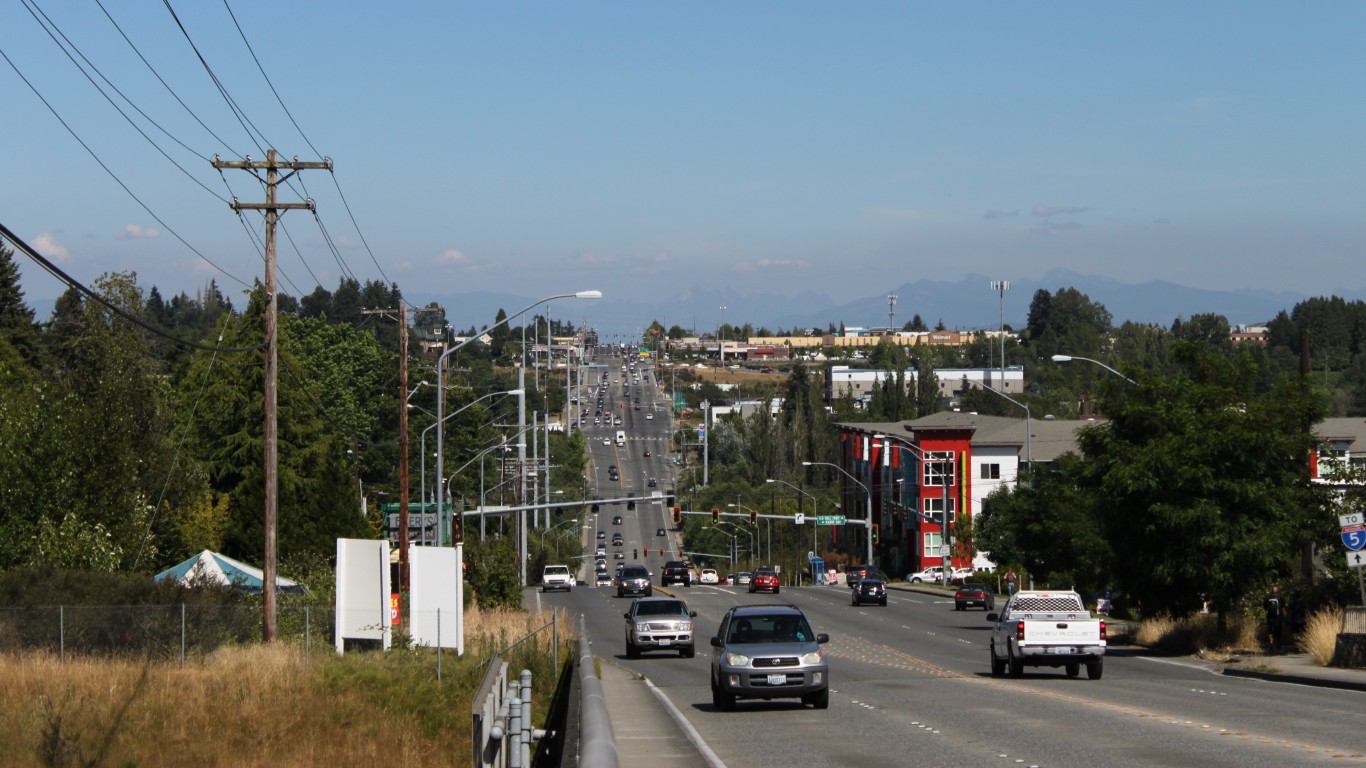
 24/7 Wall St.
24/7 Wall St.

